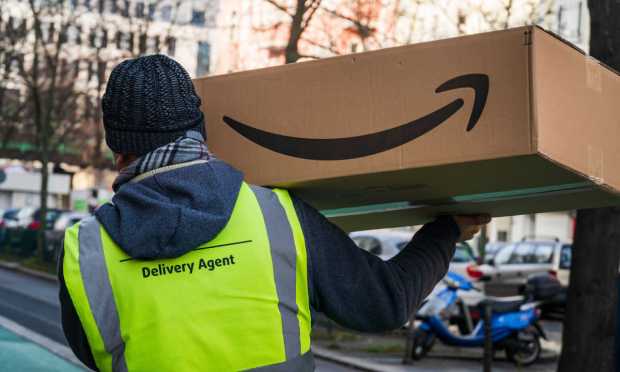Amazon Promotions Show Last Mile Critical to Long-Term Strategy

Amazon’s recent management announcements hint at a continued focus on the last mile.
And the last mile may look markedly different in the months and years ahead as we continue to emerge from the pandemic.
While demand is still strong to get everything delivered to the doorstep within an ever-shrinking time-window, there’s rising interest on the part of consumers to get things even faster by picking up goods at lockers, in stores and at curbside.
For Amazon, alternatives to the doorstep as final point of interaction will do much to keep its customers, and merchants engaged and loyal — where users make their purchases on Amazon but make the journey to the local store/warehouse of the seller to pick up the goods. Flexibility is, and will be, critical as the company continues to jockey with the likes of Walmart for mind share and wallet share.
Beyond the Macro Headwinds
As for the staffing developments, Amazon announced Wednesday (Dec. 7) that it is expanding its senior leadership team (or S-Team, known in-house as “Steam”) to include Udit Madan, VP of Worldwide Last Mile.
Amazon, of course, is grappling with the same macro headwinds as every other company, and layoffs at the eCommerce giant will stretch into the next year, reducing headcount by about 0.5%. Long-term strategy points to a continued fine tuning of keeping drivers on the road, and optimizing warehouse and distribution.
At the same time, the company is adding benefits for its delivery service partners (DSPs), including a boost in pay and 401-K options. Earlier in the year Amazon announced that, through Amazon Warehousing and Distribution, it would enable sellers to use “new, purpose-built facilities” for bulk inventory storage and automated distribution. And earlier this month, the company announced the launch of Sparrow, which it calls “an intelligent robotic system that streamlines the fulfillment process.”
“The 2022 Global Digital Shopping Playbook: U.S. Edition,” a PYMNTS and CyberSource collaboration that debuted earlier this year, showed that 11% of U.S. consumers who ordered online received their most recent eCommerce purchases at curbside, and 47% of consumers using buy online, pick up in store (BOPIS) purchased additional products while in the store. Amazon, of course, does offer local pickup, as consumers can switch their online purchases from “delivery” to “store pickup” at participating retailers such as Best Buy, Mattress Warehouse and a slew of others, though the geographic reach is limited.
Walmart and Target have been boosting their own curbside and in-store pickup initiatives. The holiday shopping season may further cement the BOPIS shift: during our studies on Black Friday shopping, the data show that online shoppers put their orders in online and in-store pickup was used by 25% of consumers, nearly twice the levels seen last year. Curbside pickup increased, too, and stands at the mid teens percentage points.
Elsewhere, and in a further nod to omnichannel efforts, Amazon reportedly aims to expand the use of its cashier-less technology beyond food and retail.
Taken together, along with the management changes, Amazon’s roadmap continues to evolve as it strives to meet consumers where they want to be met, rather than just on a website.
